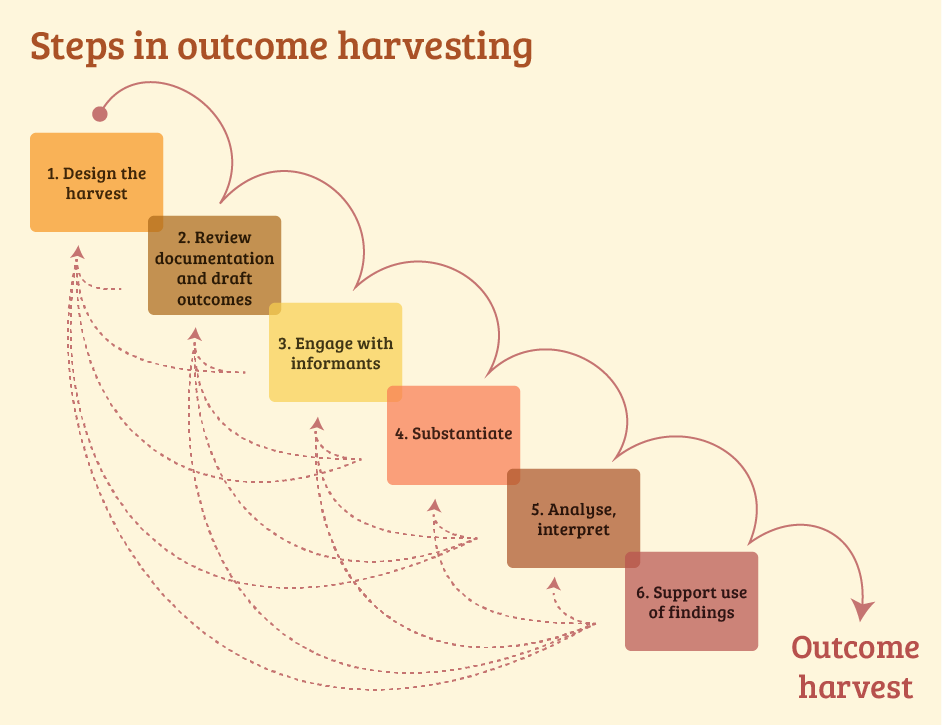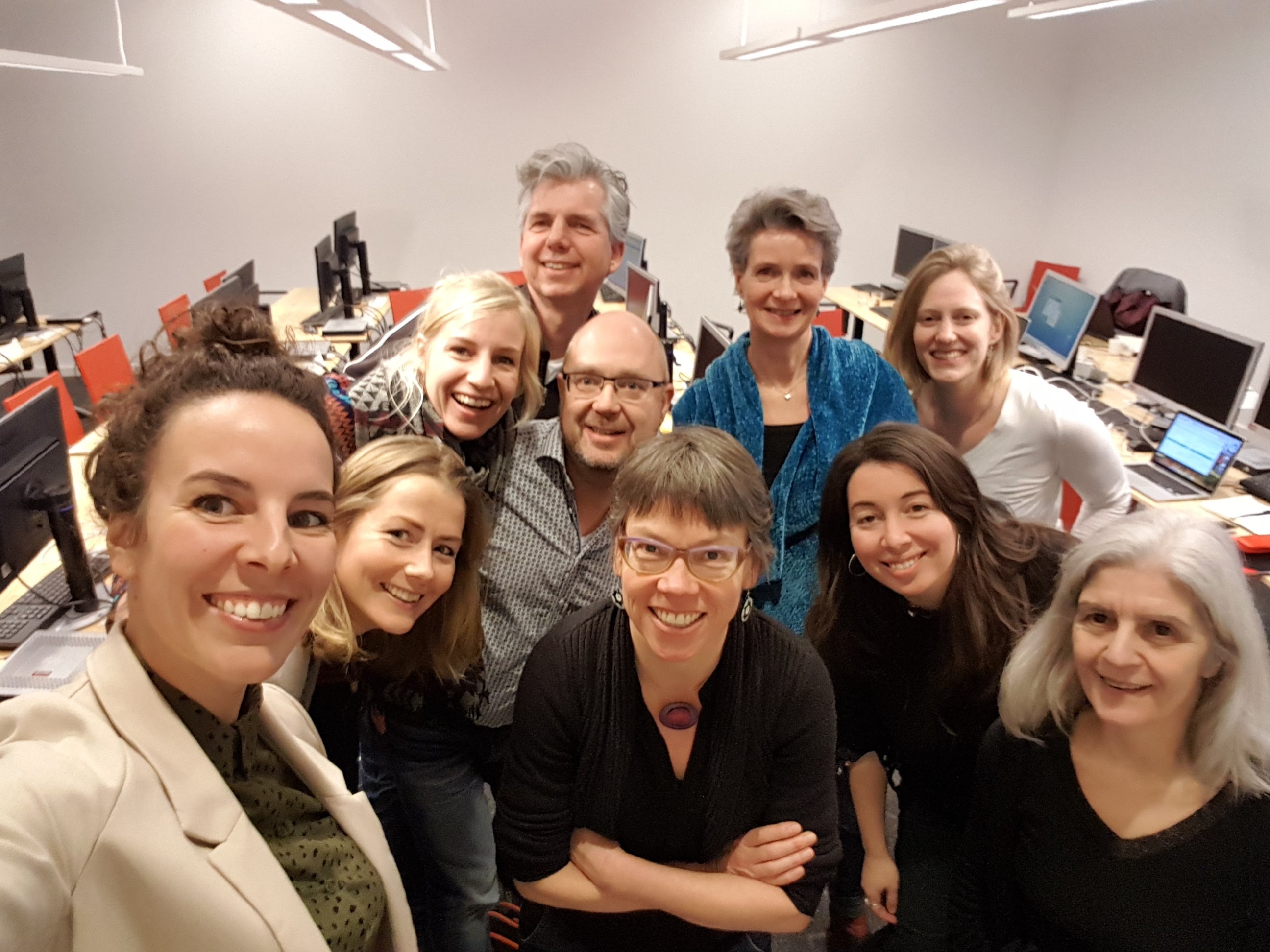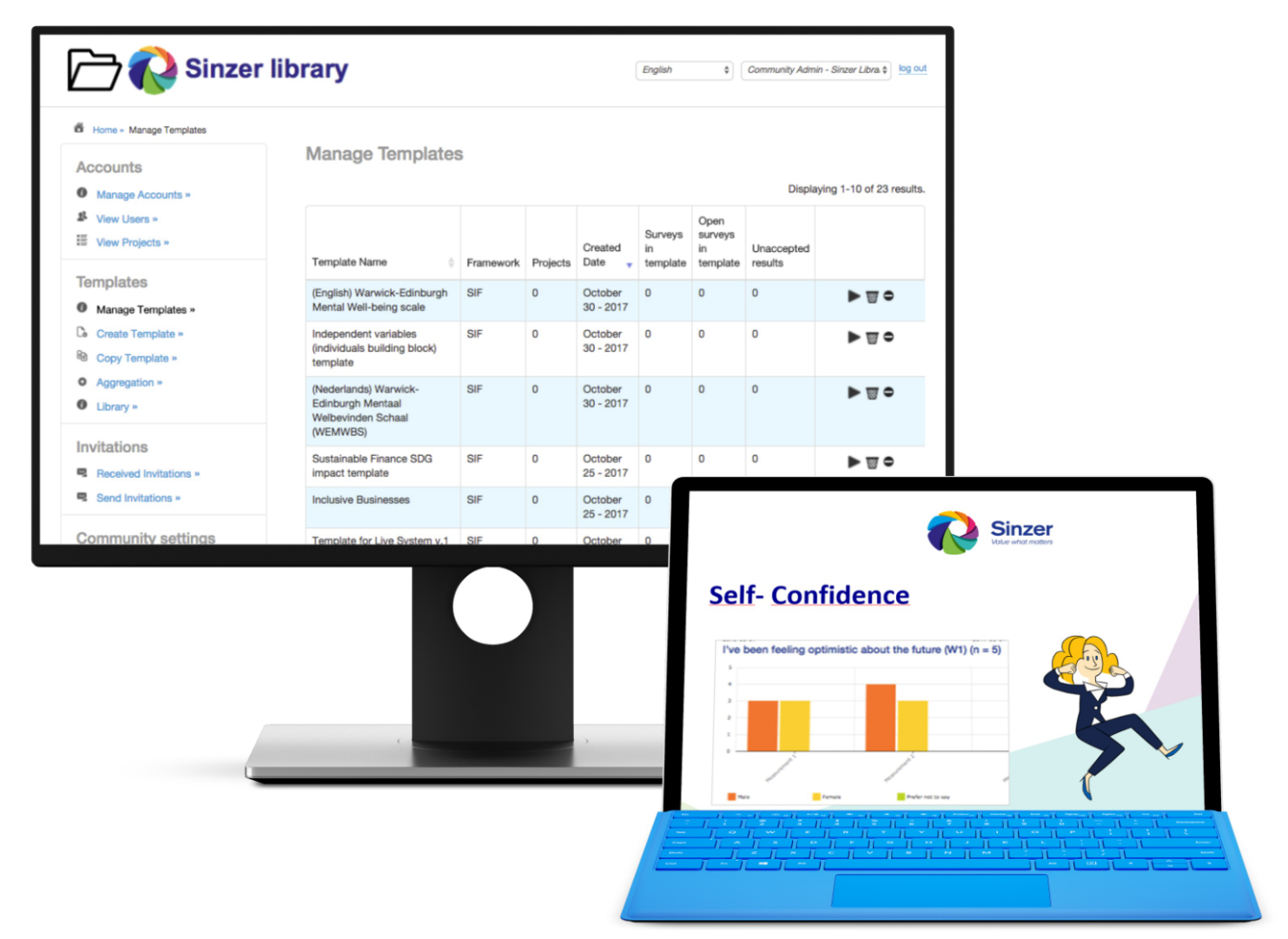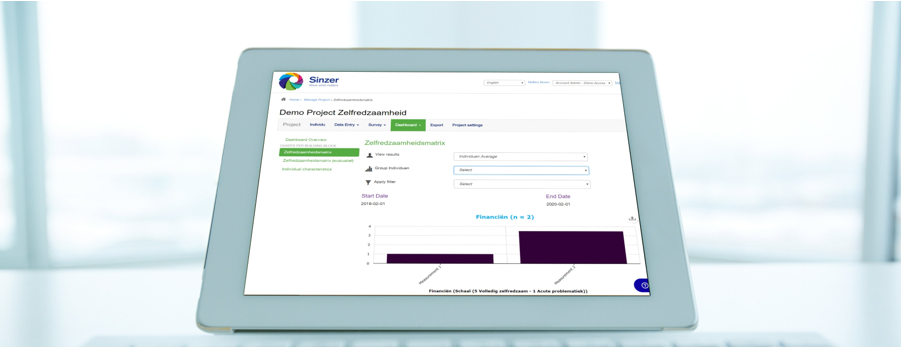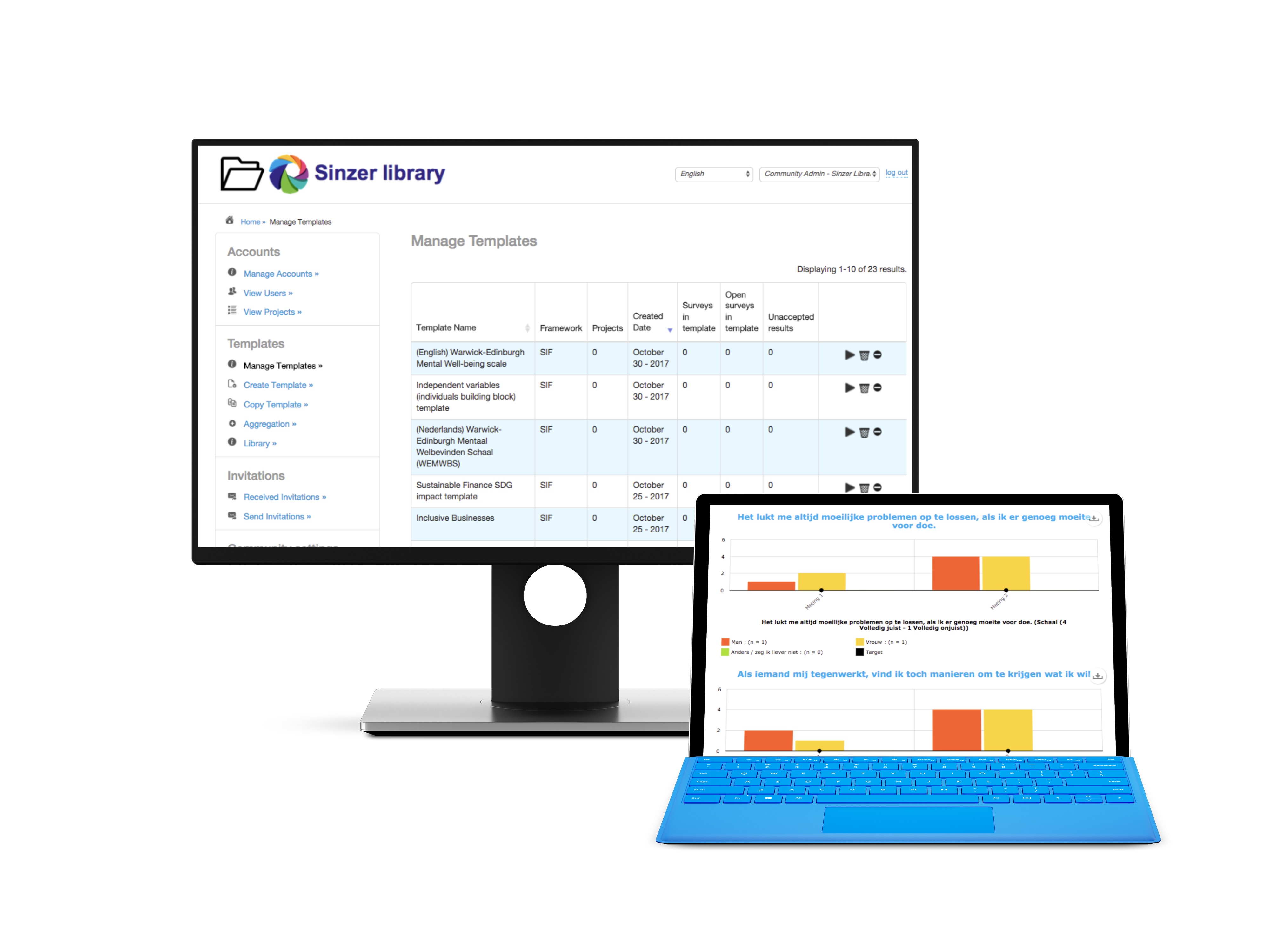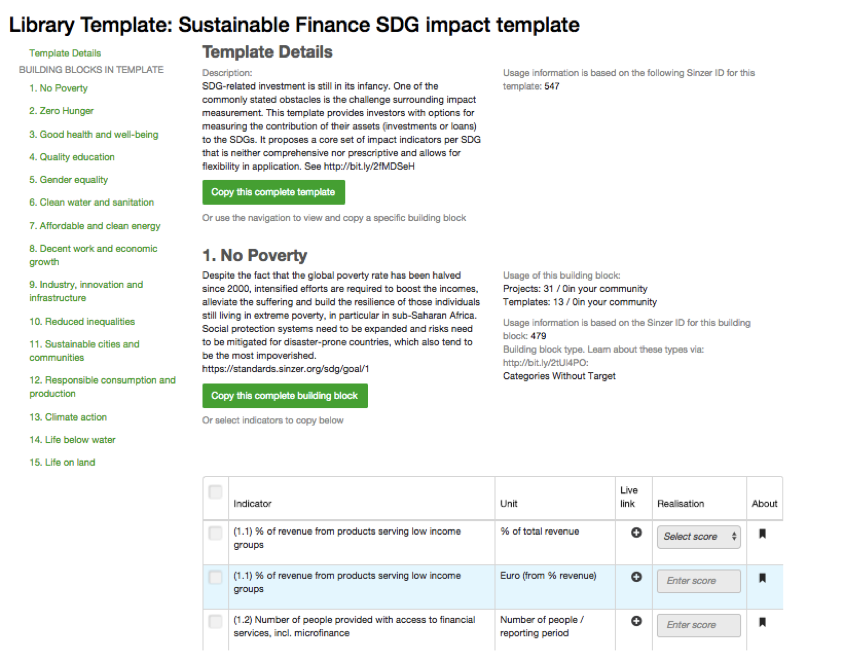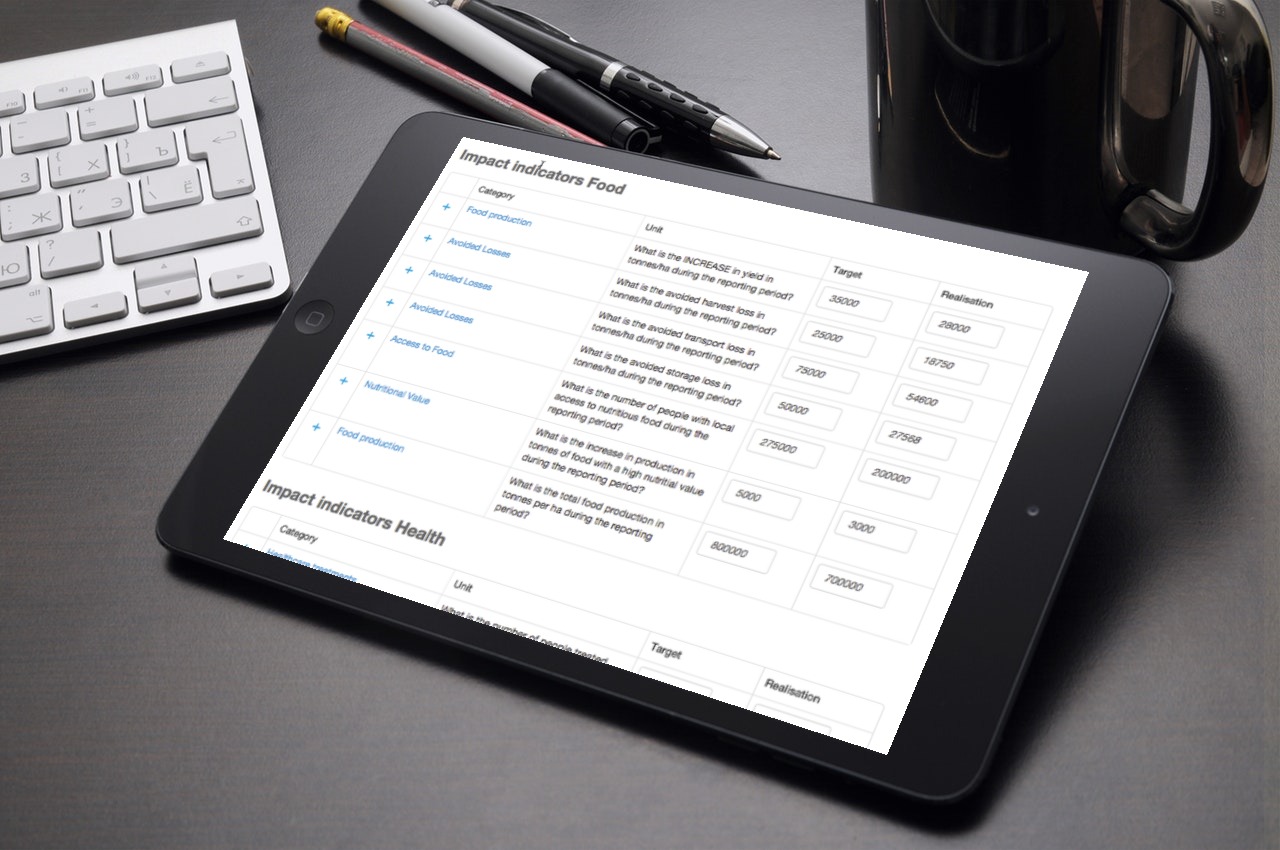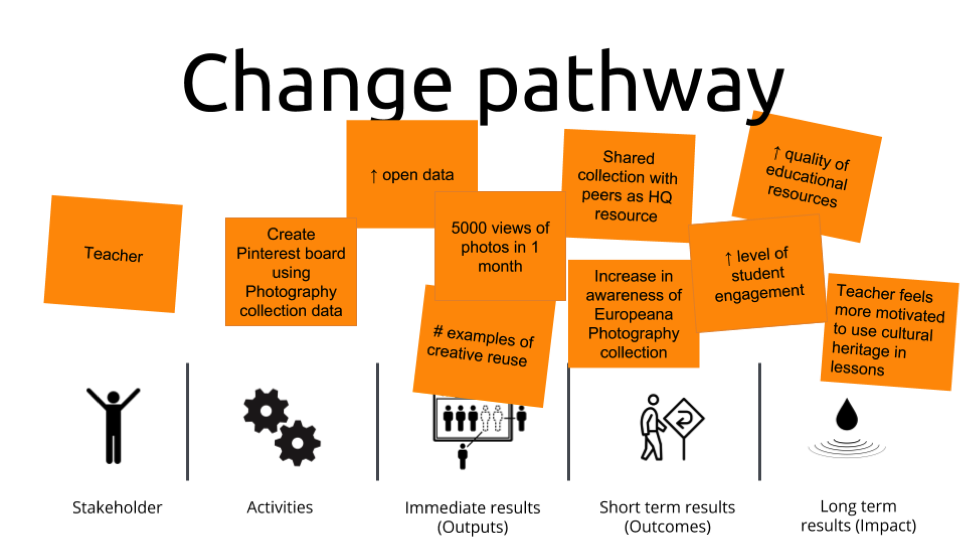Conventional monitoring and evaluation
Outcome Harvesting: for monitoring and evaluating complex programmes
Topics: Monitoring, Complex programmes, Outcome Harvesting, Evaluation, M&E
- Deze blog is de tweede uit een serie van blogs over impact coaching aan bewonersinitiatieven in Utrecht –
Lees het eerste deel hier.
Zoals aangekondigd is Sinzer in opdracht van Gemeente Utrecht aan de slag met ‘impact coaching’ van 9 bewonersinitiatieven en sociaal ondernemingen in Utrecht. Wie dit precies zijn lees je in onze eerste blog over dit traject.
Na een of meerdere individuele coaching sessies per initiatief kunnen we een eerste balans opmaken. Wat ten eerste opvalt is dat alle initiatieven impact meten heel serieus nemen en prioriteit weten te geven, ondanks het kleine team waarmee gewerkt wordt. De deelnemers zijn oprichter, uitvoerder en nu ook impact manager. Naast de focus op dagelijkse activiteiten om het initiatief draaiende houden is iedereen vol enthousiasme aan de slag gegaan met hun impact managementstrategie. Na het maken van een Theory of Change is er gewerkt aan de doelstelling, scope en is er gekozen wie het belangrijkste publiek c.q. lezer is van de impact resultaten. Gezamenlijk zijn korte en lange termijn effecten en meetbare indicatoren gekozen en nu is de fase aangebroken van data verzamelen. In een latere fase volgt data-analyse, duiding en het uitwerken van mogelijke verbeteringen om de impact te vergroten.
Topics: impact management, sociaal ondernemers, maatschappeijke impact, gemeente Utrecht, bewonersinitiatieven
Van start met impact coaching aan 9 maatschappelijke organisaties in Gemeente Utrecht
- Deze blog is de eerste van een serie van blogs over dit impact coaching traject -
In opdracht van Gemeente Utrecht gaat Sinzer dit jaar aan de slag met ‘impact coaching’ aan 9 bewonersinitiatieven en sociale ondernemingen in Gemeente Utrecht. Het voornaamste doel: beter zicht krijgen op de maatschappelijk impact die door deze initiatieven wordt gecreëerd. Een bewonersinitiatief is een wijkgerichte organisatie of project met een vaak praktische oplossing voor een maatschappelijk probleem. Onlangs werd door Gemeente Utrecht de “visie op versterken van sociale basis” gepresenteerd en daarin werd opnieuw aangegeven dat vrijwillige bijdragen door bewonersinitiatieven van “onschatbare en onmisbare waarde” zijn in de Utrechtse samenleving. De visie stelt dat activiteiten van bewonersinitiatieven bijdragen aan het voorkomen en verminderen van maatschappelijke sociale problemen, zoals eenzaamheid, schulden of verbeteren van participatie. Maar hoeveel impact creëren zij precies? Voor wie of wat? Is er nog ruimte voor verbetering? Het impact coaching traject beoogt antwoord te geven op deze vragen, en daarnaast om de bewonersinitiatieven en sociale ondernemingen te helpen hun boodschap en meerwaarde helder naar buiten te kunnen brengen.
Topics: impact management, sociaal ondernemers, maatschappeijke impact, gemeente Utrecht, bewonersinitiatieven
Measuring Self Confidence – examples available in the Sinzer Library
Many social entrepreneurs, youth workers, or professionals working in the Third sector, aim to establish an increase in the self-confidence of their participants or clients. An increase in self-confidence can help to diminish anxiety to fail, which in turn can have a positive influence on someone’s quality of life.
Topics: impact framework, template, impact management programme, Sinzer Library
De Zelfredzaamheidmatrix vanaf nu beschikbaar in de Sinzer bibliotheek
Zelfredzaamheid is een veel gehoorde term in zorginstellingen en in gemeenteland. Met name sinds langdurige zorg, de toeleiding naar werk en jeugdzorg onder de gemeentelijke verantwoordelijkheid vallen. Ook voor veel sociaal ondernemers is het vergroten van de zelfredzaamheid van hun doelgroep een belangrijk speerpunt. Maar waar hebben we het nu over, als we spreken over zelfredzaamheid?
Topics: Gevalideerde schalen, Zelfredzaamheidmatrix, Sinzer Library, Sinzer Bibliotheek
Sinzer lanceert een online bibliotheek met standaard templates om impact te meten!
Vaak horen we van organisaties dat ze het lastig vinden om te beginnen met impact te meten. Veel vragen waarop een antwoord gevonden dient te worden: Wie is mijn primaire doelgroep? Wat is mijn Theory of Change? Welke impact verwacht ik te creëren en hoe ga ik dat meten?
Topics: Social Impact Management Framework, Zelfvertrouwen, General Self Efficacy Scale, Self Esteem Scale, Gevalideerde schalen
SDG Impact template: start measuring your contribution to the SDGs
Impact investing with the purpose of contributing to the Sustainable Development Goals is still in its infancy. One of the main obstacles in this field, is how to measure the impact that these investments create. In order to help the sector achieve some standardization, the Sustainable Finance Platform – chaired by the Dutch Central Bank (DNB) – formed a Working Group on SDG impact measurement.
Topics: software, impact metrics, SDGs, framework, template
Impact measurement templates ready for you to compile your own!
We hear from many organisations that they find it difficult to start the process of measuring their impact. Some of the questions to ask may seem straightforward at first, but can in reality be complex to answer: Who are my beneficiaries? What is my Theory of Change? What is the impact I create and how do I get into a measuring & improving cycle?
Topics: framework, Theory of Change, Social impact management software, Social impact measurement software, Benchmarking, Aggregation, Data collection
Europeana: Understanding the impact of (digital) cultural heritage
Europeana, the network for the cultural heritage sector in Europe, believes making cultural heritage digitally available and accessible is important. But why exactly? What is the value of this? Who benefits from it? What changes does it create? Or in other words: what is the impact of Europeana?
Europeana has certain impact goals, such as contributing to creating a shared European identity. Europeana strongly believes in being specific about the changes you aim to create, and in testing whether you are indeed creating these changes. This is the reason Europeana recently engaged Sinzer and embarked on a journey to assess the impact of Europeana Research, and the curated collections Europeana Fashion & Europeana Photography. The aim is that through this assessment, general learnings about the impact of Europeana in general can be drawn as well.
Before impact can be measured, it's crucial to define the outcomes and impact you intend and expect to happen; designing the Theory of Change. During this phase several multi-stakeholder workshops were held for Europeana Fashion, Photography & Research. In these session intended and expected impact was ‘mapped’ by answering questions such as: who experiences change as a result of accessing or providing data? What changes do these groups experience? How can this be influenced by changing the offering or services? Or, to be more concrete: does accessing heritage material through a Europeana service increase people’s knowledge about historic events and different cultures? And does this affect their behaviour towards others or life itself? Does Europeana through Europeana Fashion, Europeana Photography or Europeana Research ‘make life easier’ for researchers and professionals who rely on cultural heritage for their work? And is this important to them?
Once we had identified the activities that would ultimately lead to impact, and some of the steps in between, we turned our attention to how we could evidence this. Taking each stakeholder, we look at what changes we thought most important to measure, and identified what we could ask in a survey to gather data for those measurements. After the sessions, the impact ‘mapping’, including these measures (indicators), were translated into several surveys, which are currently being used to collect data from a variety of stakeholders like Galleries, Libaries, Archives and Musea (or in short: GLAMs), researchers, designers, professionals, and general users. Results are expected to be ready in September.
While Europeana expects that the insights from the reports will help demonstrate the importance of their collective existence and work, it will also provide tangible management information: what can they do differently in order to create more impact? Assessing impact is not seen as a one-off exercise, but rather as the start of an ongoing impact management process that stimulates continuous learning and improvements.
Would you like to help Europeana in this process? Have you visited the thematic collections of Europeana Fashion, Europeana Photography or Europeana Research? Take the 10 minute impact survey.
Topics: Social impact, Social impact management, Theory of Change, Social Impact Management Framework, Social impact assessment, Survey, Data collection
-1.jpg?width=232&name=GT%20Sinzer_logo_screen_descriptor%20(1)-1.jpg)

